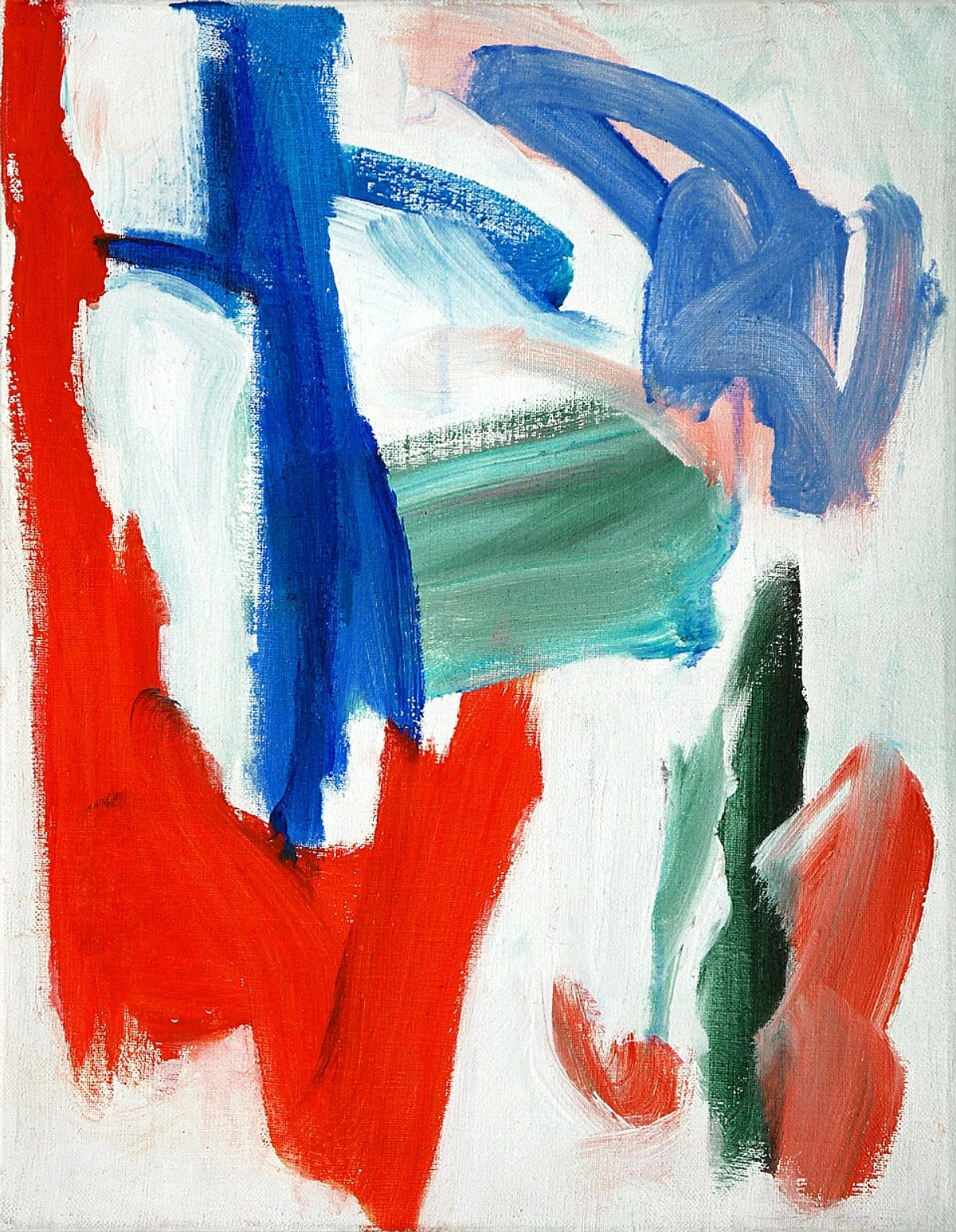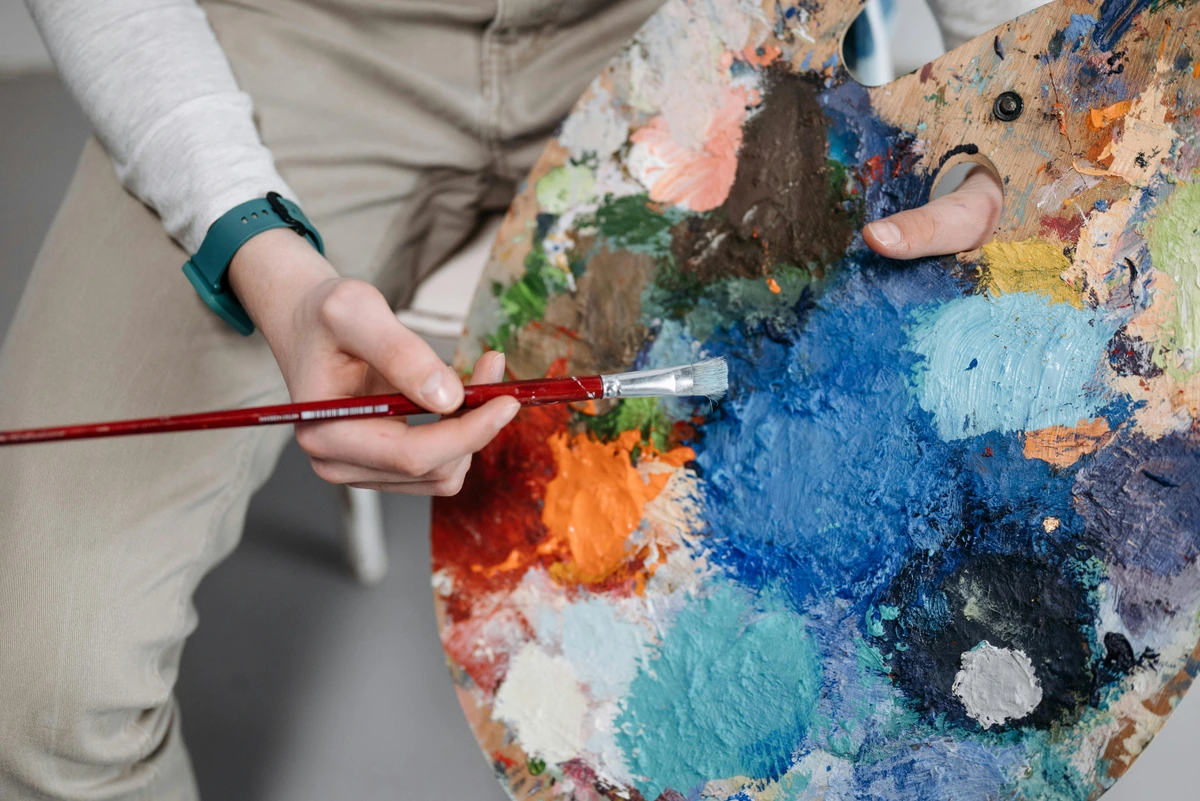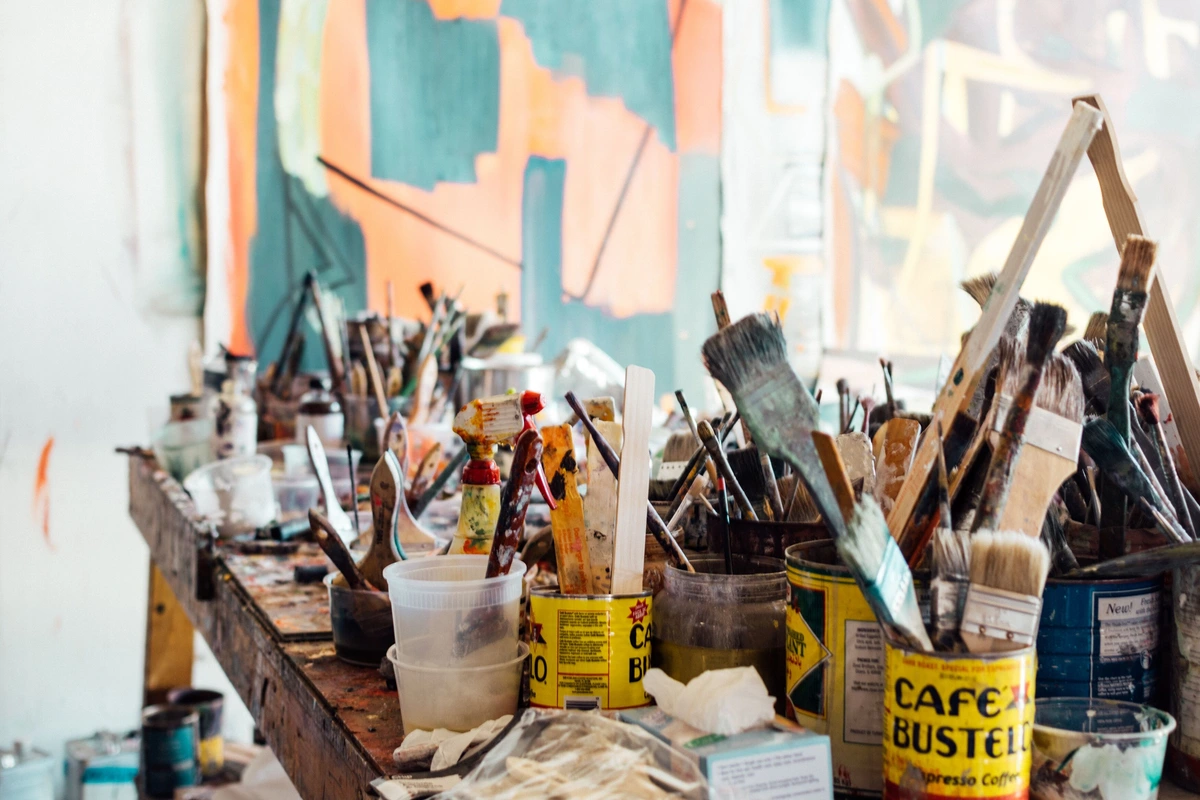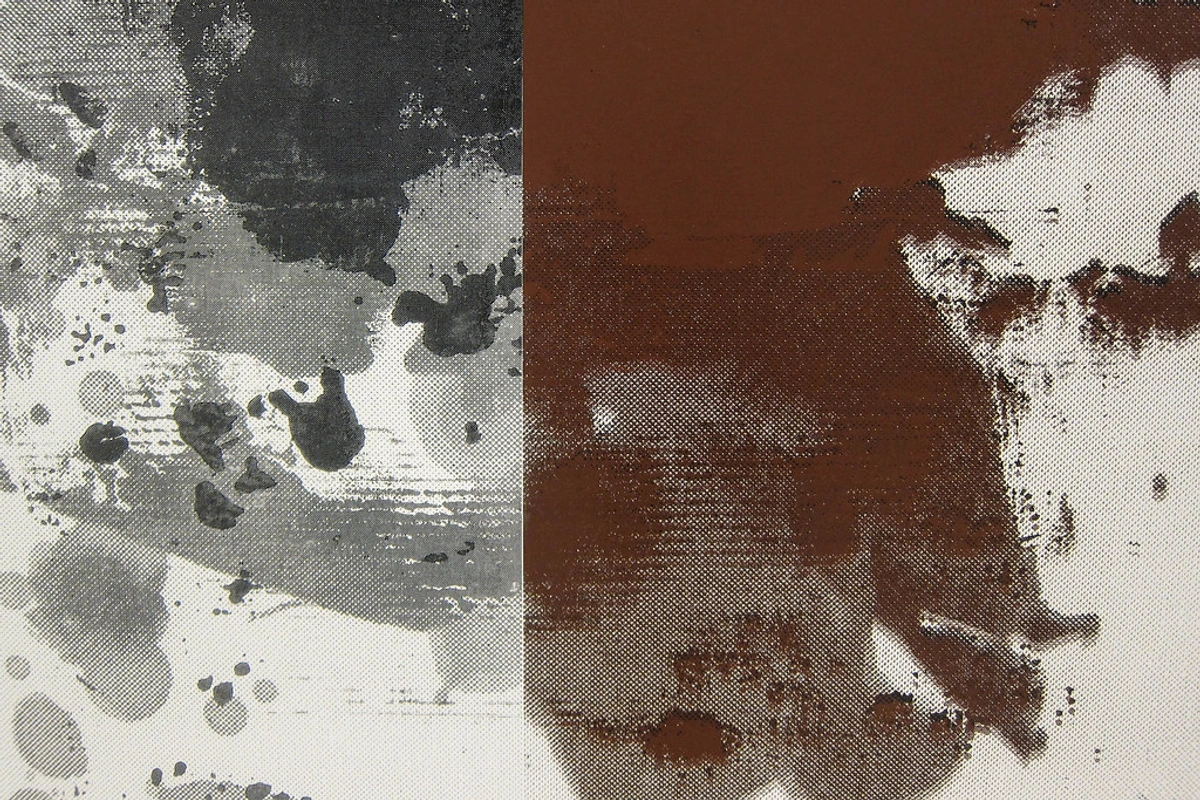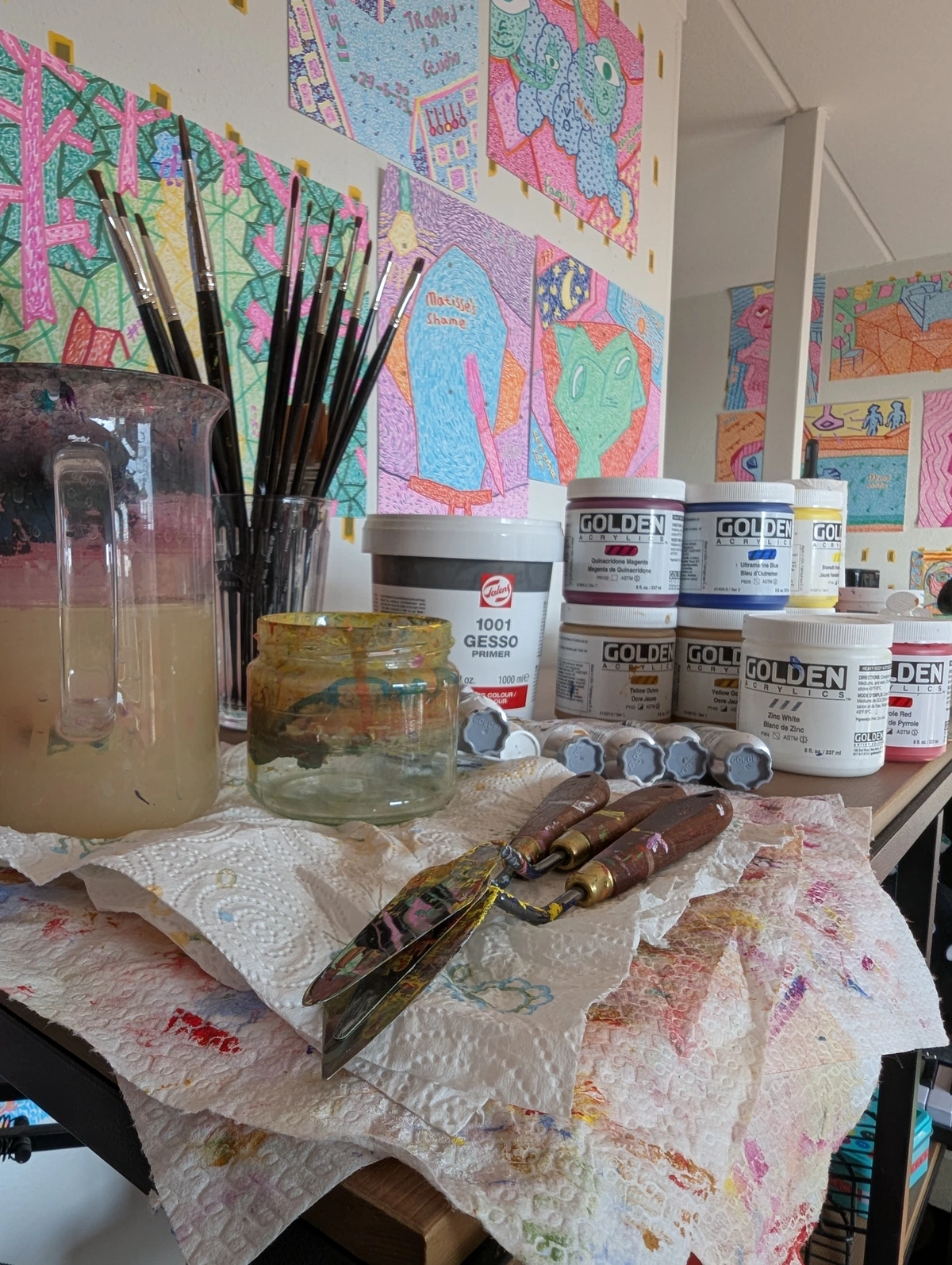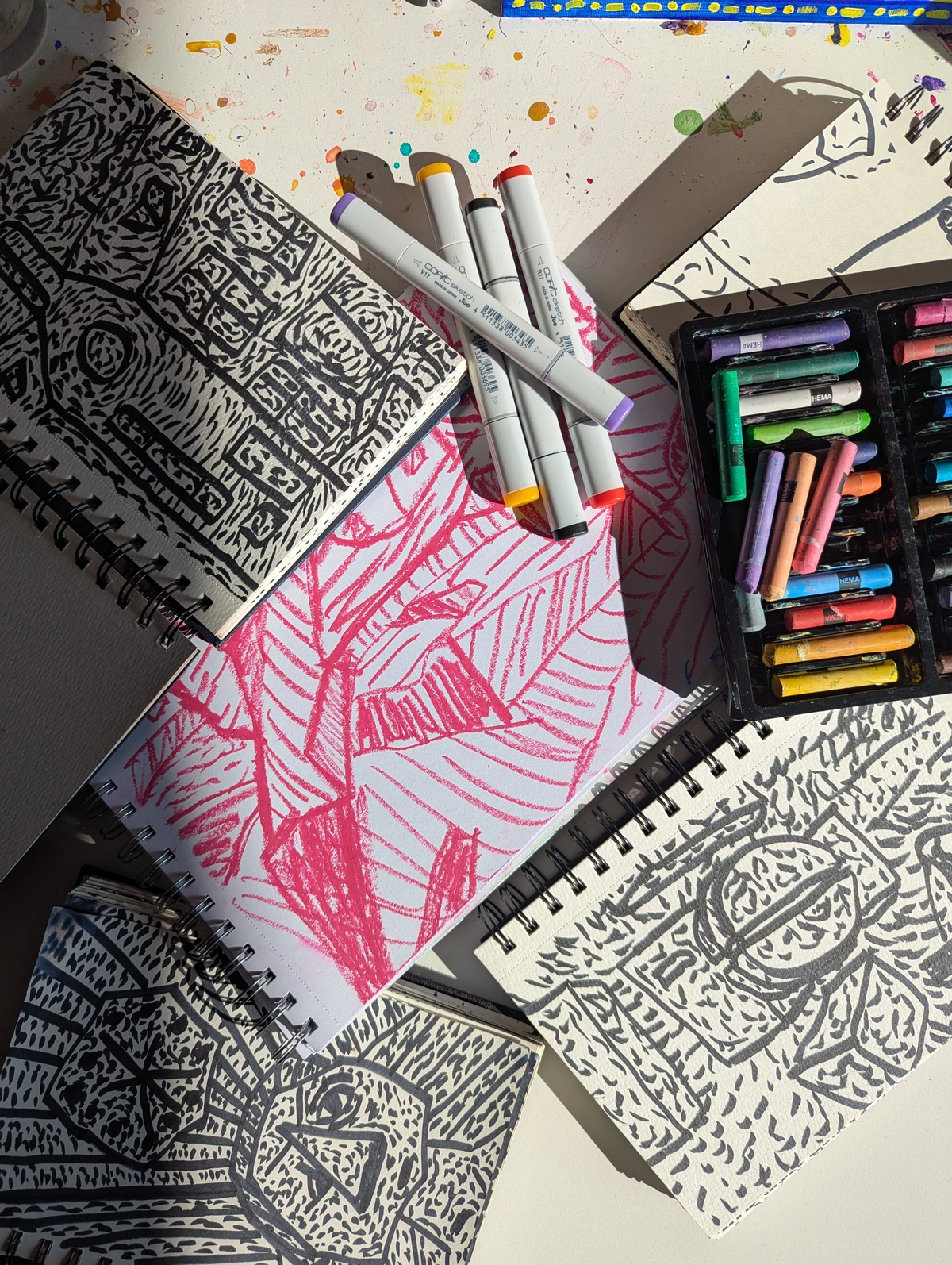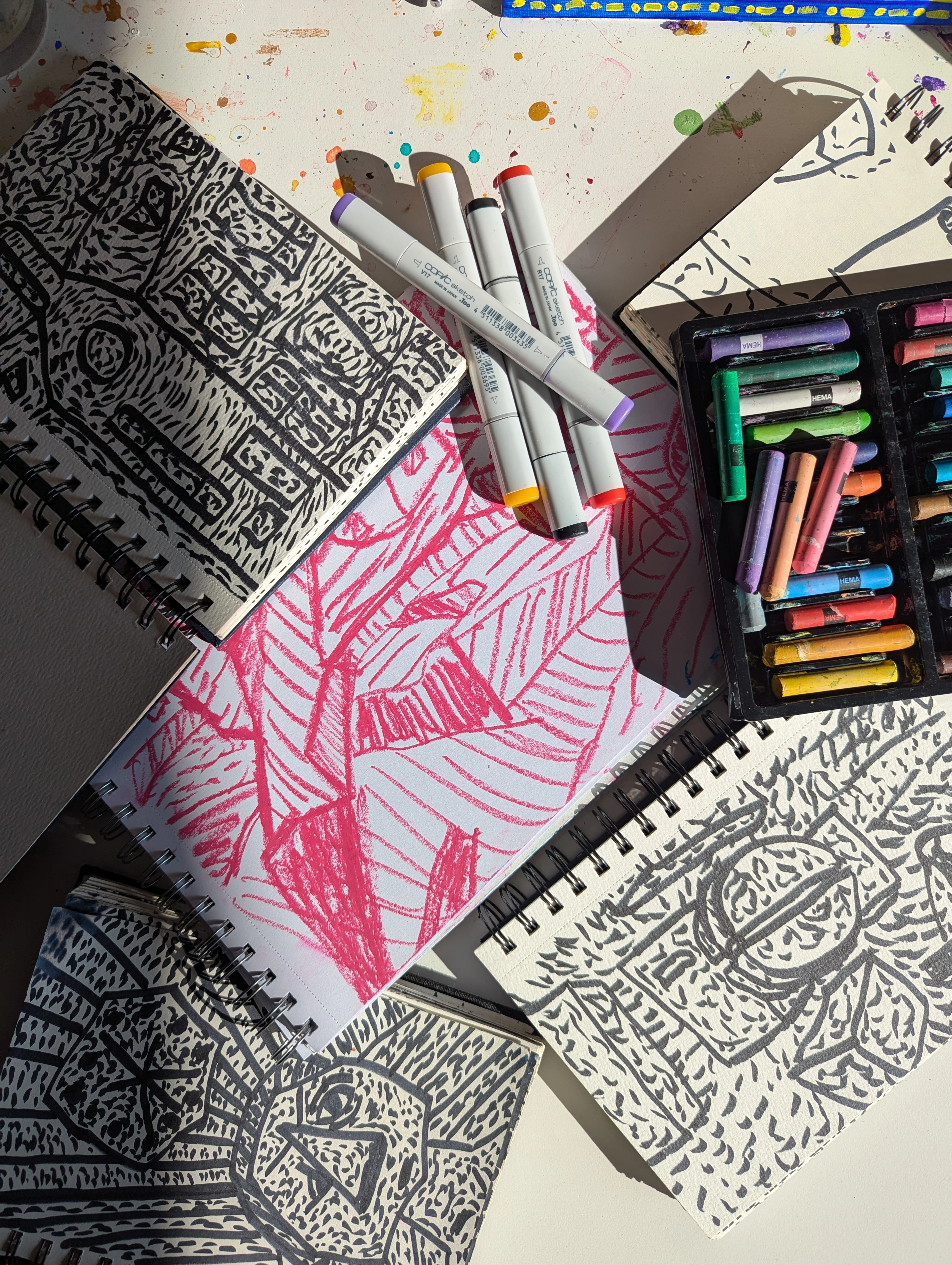
Mastering Acrylics: Your Ultimate Beginner's Guide to Paint Sets, Tools & Mindset
Overwhelmed by acrylics? This artist's guide helps you choose the best beginner paint sets, essential tools, mediums, and a fearless mindset. Start your vibrant art journey with confidence.
